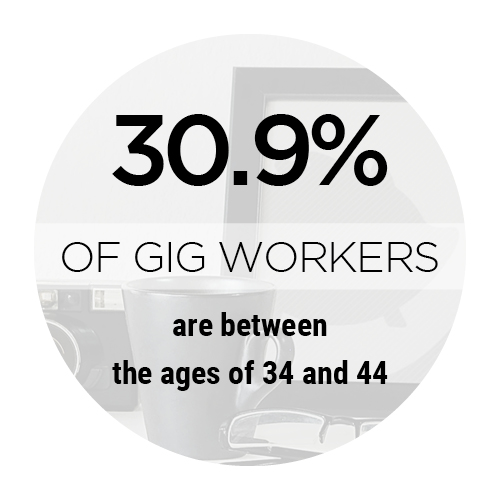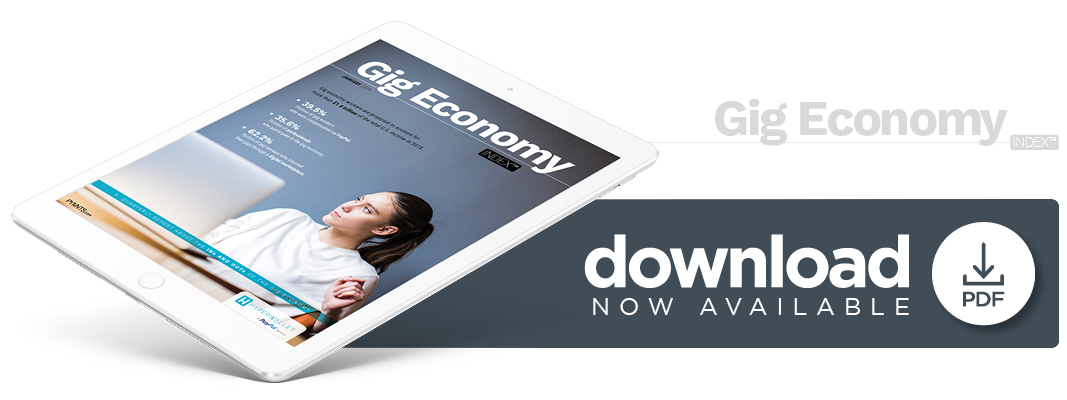NEW DATA: Digital Marketplaces And The $1.4T Gig Payments Opportunity

As 2018 came to a close, unemployment was at historic lows — thanks in part to growth in the gig economy.
 In Q3 2018, the portion of gig workers in the U.S. workforce rose to 35.6 percent, up from 32.2 percent in Q3 2017 and 29.5 percent in Q3 2016.
In Q3 2018, the portion of gig workers in the U.S. workforce rose to 35.6 percent, up from 32.2 percent in Q3 2017 and 29.5 percent in Q3 2016.
Our findings revealed that a large portion of gig workers are sourcing their gigs through digital marketplaces. In fact, as much as 62.6 percent of gig workers found their gigs via digital marketplace in Q3 2018.
While digital marketplaces have already revolutionized gig work, how else do they stand to change the economy in the  future? Will the scope of this impact increase or decrease going forward?
future? Will the scope of this impact increase or decrease going forward?
This is just one of the many questions that PYMNTS, in collaboration with Hyperwallet, sought to answer in the Q3 2018 edition of the Gig Economy Index™. Our comprehensive study of the American gig economy surveyed more than 9,700 professionals about their participation in the gig economy. We gathered detailed information on how professionals sought gig work, why they chose to search for gigs and the role of digital marketplaces in shaping their  work.
work.
However, whether gig workers source jobs using digital marketplaces or not, they are picking ad hoc jobs over nine-to-five positions for many different reasons. The biggest reason gig workers enjoy their ad hoc lifestyle is flexibility, with 37 percent citing this as their biggest reason for seeking gig work. Another 23.3 percent said they worked gigs to save for a big life event, while 22.9 percent said they wanted additional income to pay their day-to-day bills.
To learn more about how the gig economy is impacting workers in the United States, click here to download the report.
